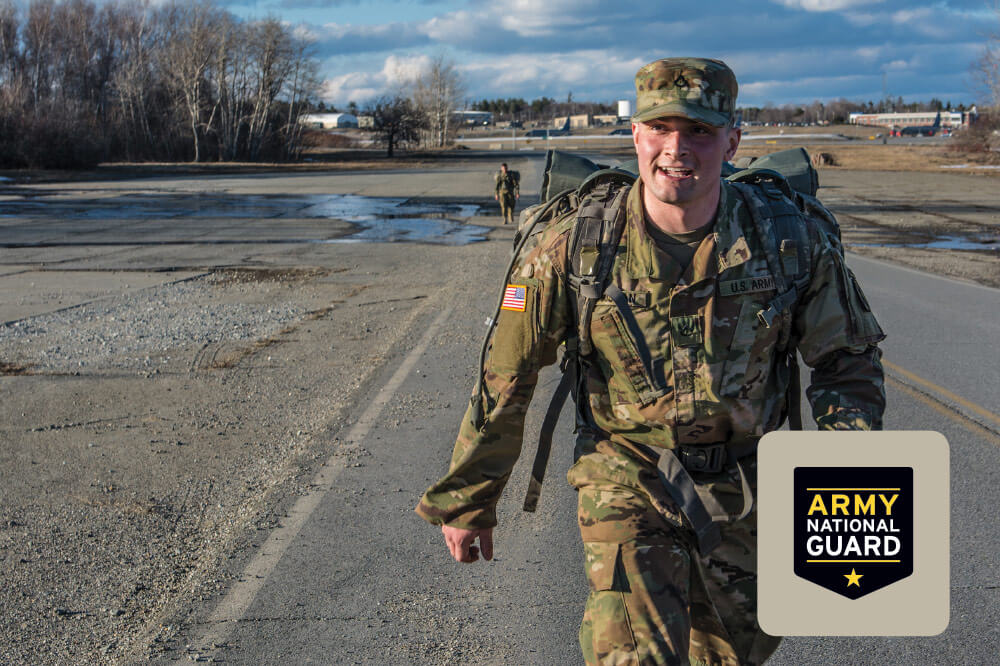Protecting Our NATO Allies and Boosting Land Force Capability in Case of Crisis
NATO’s Enhanced Forward Presence is an allied, forward deployed defense and deterrence posture in Eastern Europe to protect and reassure NATO’s Eastern member states of their security. Following Russia’s annexation of Crimea and invasion of Ukraine in March 2014, NATO member states agreed at the 2016 Warsaw summit to forward deploy four multinational battalion battle groups (BG) to the NATO members who are most at risk of a possible Russian attack. The Enhanced Forward Presence offers continuing security to those members who may feel unsettled by relatively recent events, and offers them an increased sense of confidence in their NATO partners.
“We don’t see any imminent threat against any NATO ally, but we see a more assertive Russia,” said NATO Secretary General Jens Stoltenberg in a NATO-produced video early last year. “A Russia which has significantly increased its military presence in this region. A Russia which has been willing to use military force against a neighbor – against Ukraine and against Georgia.”
The four battalion battle groups are the Poland Multinational Battalion BG, led by the United States and based in Orzysz, Poland; the Estonia Multinational Battalion BG, led by the United Kingdom and based in Tapa, Estonia; the Latvia Multinational Battalion BG, led by Canada and based in Adazi, Latvia; and the Lithuania Multinational Battalion BG, led by Germany and based in Rukla, Lithuania. Troops serving in the battalions train and operate within their host nations’ militaries.
The Poland group is led by the U.S. Army’s Wolfpack Squadron, 3rd Squadron, 2nd Cavalry Regiment, stationed in Vilseck, Germany, and commanded by LTC Scott Cheney. The BG consists of 800 U.S. Soldiers equipped with Stryker Dragoon vehicles, 150 Soldiers from the British Army’s Light Dragoons Reconnaissance Regiment and 150 Soldiers from the Romanian Army with Air Defense Guns. The Battle Group will be part of the Polish Army’s 15th Mechanized Brigade.
“Our formation is an opportunity for us to highlight our NATO resolve and the NATO alliance,” said LTC Cheney.
As part of the Total Force, the Army National Guard is a key component in the United States’ role in Enhanced Forward Presence. This is illustrated by the inclusion of Guard Soldiers in vital training events such as Saber Guardian and Saber Strike – two U.S. Army Europe-led exercises held in the Baltic region that test the capability of ally nations to act against a threat.
COL John Gentry, Commander of the 648th Maneuver Enhancement Brigade, Georgia Army National Guard – which participated in Saber Guardian, held in Romania this past July – had this to say about the importance of the Army National Guard in Enhanced Forward Presence-related exercises, “The integration of the National Guard into the U.S. Army Europe [USAREUR] team plays a vital role in boosting total military land force capability across USAREUR’s area of responsibility.” He continued, “Participation in joint and combined exercises enhances our professional relationships and improves overall coordination with allied militaries in times of crisis.”
U.S. Air Force Gen Joseph Lengyel, Chief of the National Guard Bureau and member of the Joint Chiefs of Staff, visited exercise Saber Strike held in Latvia in June of last year. Gen Lengyel began the visit in a conference with Lt. Col. Wade Rutland, commander of 1st Battalion, Princess Patricia’s Canadian Light Infantry; Col. Ilmars A. Lejins, commander of the NATO Latvian Land Forces; and MG Gregory Vadnais, Adjutant General for the Michigan National Guard. In the conference Lt. Col. Rutland briefed Gen Lengyel on development plans for the Latvia Multinational Battalion BG. While at the exercise, the general also met with members of the 1775th Military Police Company, 210th Military Police Battalion, 177th Military Police Brigade, Michigan Army National Guard; and 3rd Battalion, 157th Field Artillery Regiment, 169th Fires Brigade, Colorado Army National Guard, who were there training as part of the exercise.
“It’s an important part of the NATO Alliance,” Gen Lengyel said. “Any potential scenario that will require a military response is going to be a combined operation.” He continued, “[Exercises like] Saber Strike are very important in that we get to work together [with European forces]. We get to make sure our forces are interoperable, and we get to become familiar with the environment in Europe, so that together we can work for the common defense of our partner nations.”
By Staff Writer Chase Whitlock



